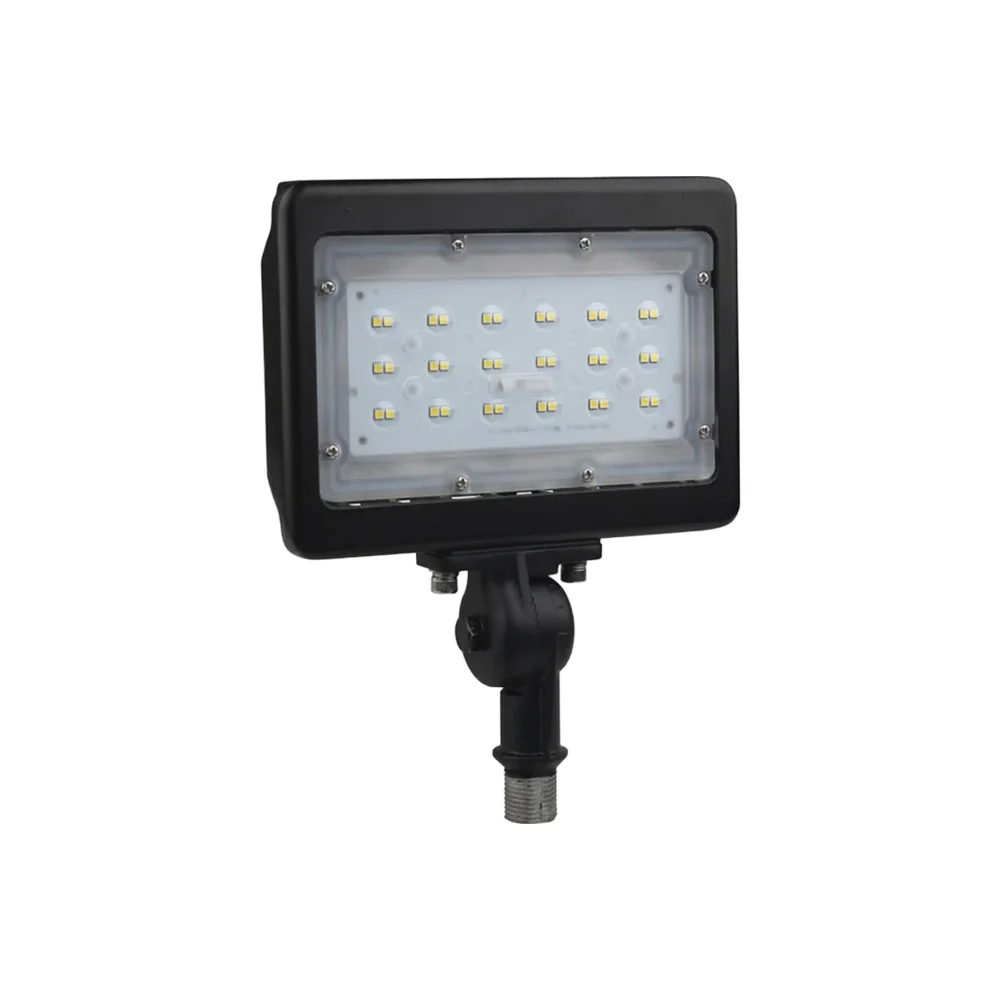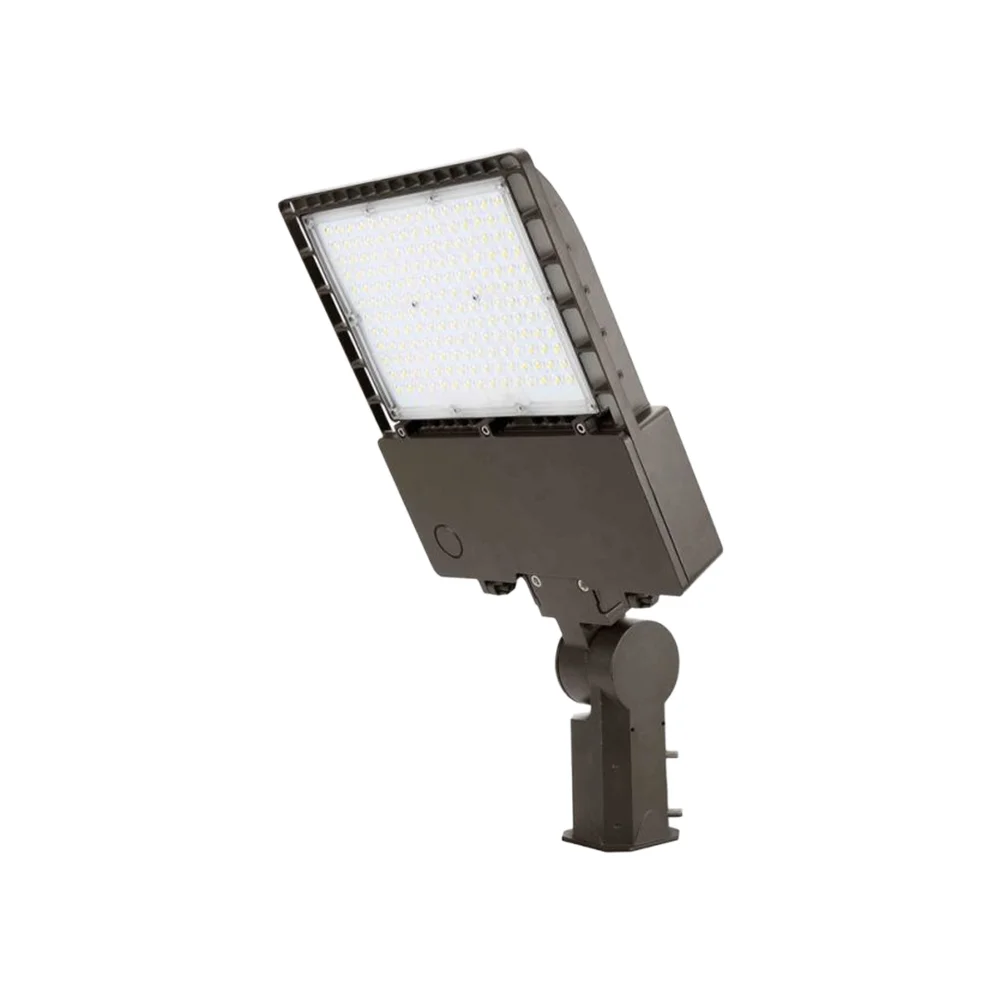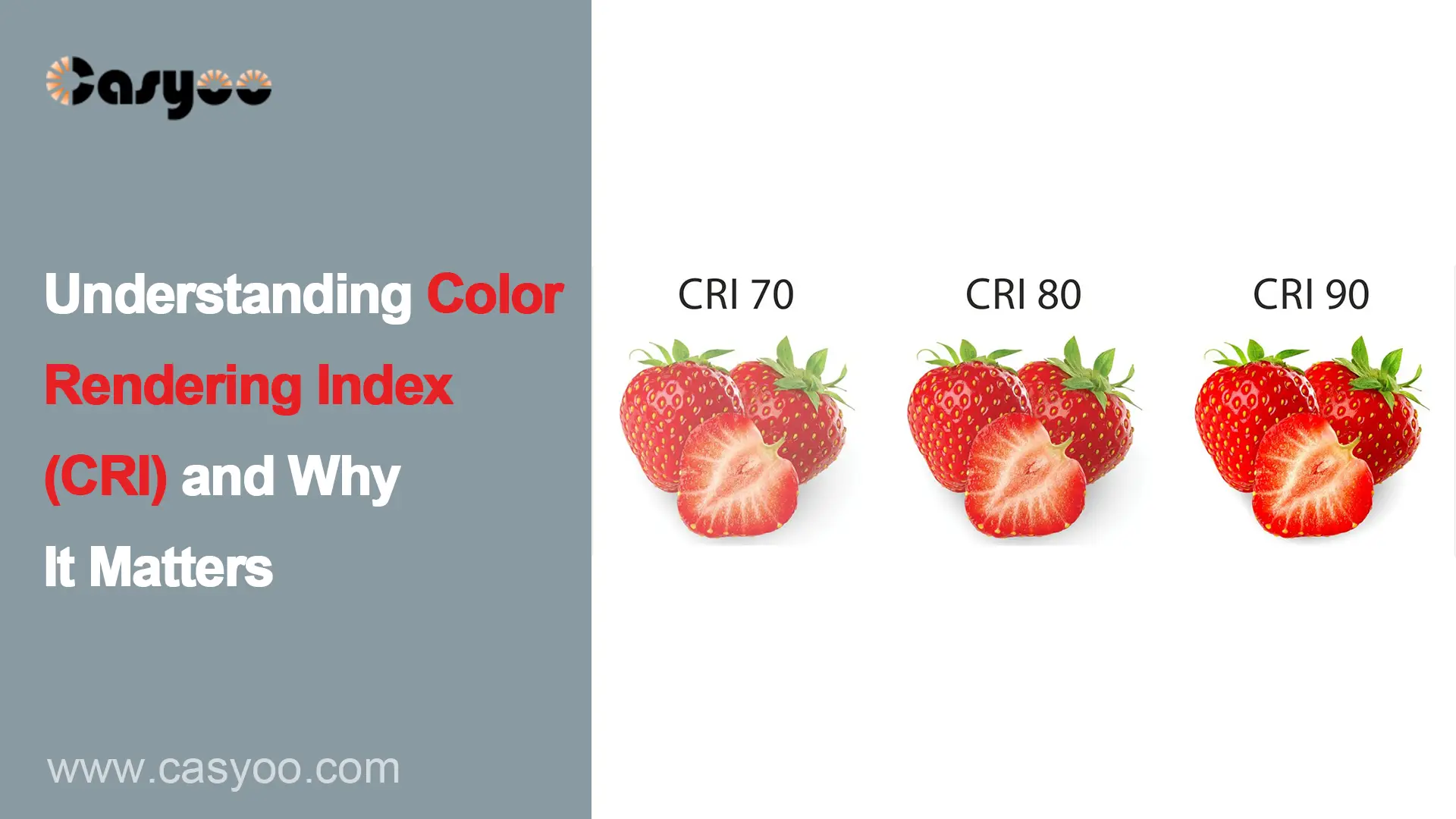What is CRI in lighting? When compared to natural light, the Color Rendering Index (CRI) measures how well a light source captures an object’s actual color. A light source’s color rendering index is measured in percentages between 0 and 100. Natural light is a typical reference light source to compare and measure the CRI of certain light source. CRI LED typically falls within the range of 80 to 95. High CRI LED Lights, with a CRI above 90, are regarded as exceptional and offer superior color reproduction.
Why is Color Rendering Index Important in Lighting?
- Color identification: A high-CRI light source can more accurately restore the color of an object, making it appear more vibrant and closer to its actual color in the sun. This is especially crucial in settings like art galleries, printing companies, retail stores, and hospitals where precise color perception is necessary.
- Visual experience: High CRI lighting can increase people’s comfort while also improving their work efficiency and satisfaction. For instance, high-CRI lighting fixtures at home can enhance the attractive appearance of food and decoration.
- Biorhythms: Proper lighting influences not only how we see color but also our biological rhythms, sleep patterns, and overall wellness. High-CRI light sources support the maintenance of regular biological rhythms by being typically closer to the natural spectrum.
How is CRI Measured? A Step-by-Step Guide
Step 1: Choose Standard Color Samples
Choose standard color samples that accurately depict the hues of everyday items like skin, plants, and so on.
Step 2: Light Source Irradiation Analysis
Illuminate the light source to be examined on these color samples, and then analyze the spectral distribution of the reflected light.
Step 3: Choose A Reference Light Source
Pick a light source that has the same color temperature as the reference. If the color temperature of the light source to be examined is less than 5000K, the reference light source is blackbody radiation. If the color temperature exceeds 5000K, the CIE standard light source D will be used. This light source is similar to daylight.
Step 4: Spectrum Comparison
For each color sample, compare the lighting effects of the test and reference light sources.
Step 5: Determine the Color Reproduction Index
Utilize a certain calculation technique to determine the color difference of each color specimen under these two lighting circumstances.
Step 6: Calculate the Average Color Difference
Generally speaking, the CRI of the light source is the average color difference of all test color samples.
TM-30-15 Method
Nevertheless, CRI has certain drawbacks because of its small sample size for testing colors and disregard for how brightness affects color. CIE has developed TM-30-15 (Technical Memorandum 30-15), the most recent light source color quality evaluation method. This method provides a more complete and accurate light source color characterization than standard CRI.
Color Rendering Index Values for Different Light Sources
- Incandescent lights: Some incandescent bulbs have a CRI of up to 100, which is extremely high. This is so because incandescent lights have a spectrum that is comparatively continuous and capable of faithfully reproducing a wide range of colors.
- LED lights: The CRI of LED lighting typically ranges from 80 to 95. While low-quality LED lights may not perform well on some colors, high-quality LED light designs can achieve color reproduction that is similar to natural light.
- Fluorescent lights: Generally speaking, fluorescent lights have a CRI of about 70. Fluorescent lights may not work well in some colors and have a relatively discontinuous spectrum.
- High-pressure sodium lamps: High-pressure sodium lamps typically have a CRI of between 20 and 40. It has a comparatively narrow spectrum output and is usually used for outdoor lighting like street lights.
- Metal halide lamps: Depending on the particular bulb and production method, their CRI can range from 60 to 90.
|
Light Source Type |
CRI Range |
Characteristics |
|
Incandescent Light |
Close to 100 |
Continuous spectrum with excellent color rendering |
|
LED Light |
80-95 |
High-quality LEDs closely mimic natural light |
|
Fluorescent Light |
Around 70 |
Discontinuous spectrum, less accurate color rendering for some colors |
|
High-Pressure Sodium Light |
20-40 |
Primarily used for outdoor lighting |
|
Metal Halide Light |
60-90 |
CRI varies depending on the specific bulb and manufacturing process |

How to Choose the Right CRI for Your Needs
The needed CRI when buying LED lights varies depending on the intended application of the light. The following are some general suggestions for CRI in various applications:
- Home: A CRI above 80 can suit the majority of needs and can more accurately reflect the color of object.
- Working environments: offices and conference rooms often require a CRI of 80 to 90, as color authenticity is not the most important feature in these settings.
- Industrial and technical fields: Lighting with a high CRI value—typically above 90 or even close to 100—is necessary for those industries that have rigorous regulations for color discrimination, such as the printing industry, medical facilities, and professional photography.
- Outdoor lighting: Street lighting, security lighting, and other outdoor lighting typically do not have strict CRI criteria because their primary function is to give enough brightness to allow cars and pedestrians to see the road ahead clearly, not to restore color. Casyoo offers LED outdoor lights with a suitable CRI for each application.




Conclusion
LED lights have relatively high CRI and can reflect the real colors of objects. They are suitable for the majority of various applications. After learning CRI meaning, you can think about whether displaying the original colors is one of the important requirements for your settings while choosing lights. You can get in touch with us whenever you don’t know how to decide the color rendering index for your lights!




